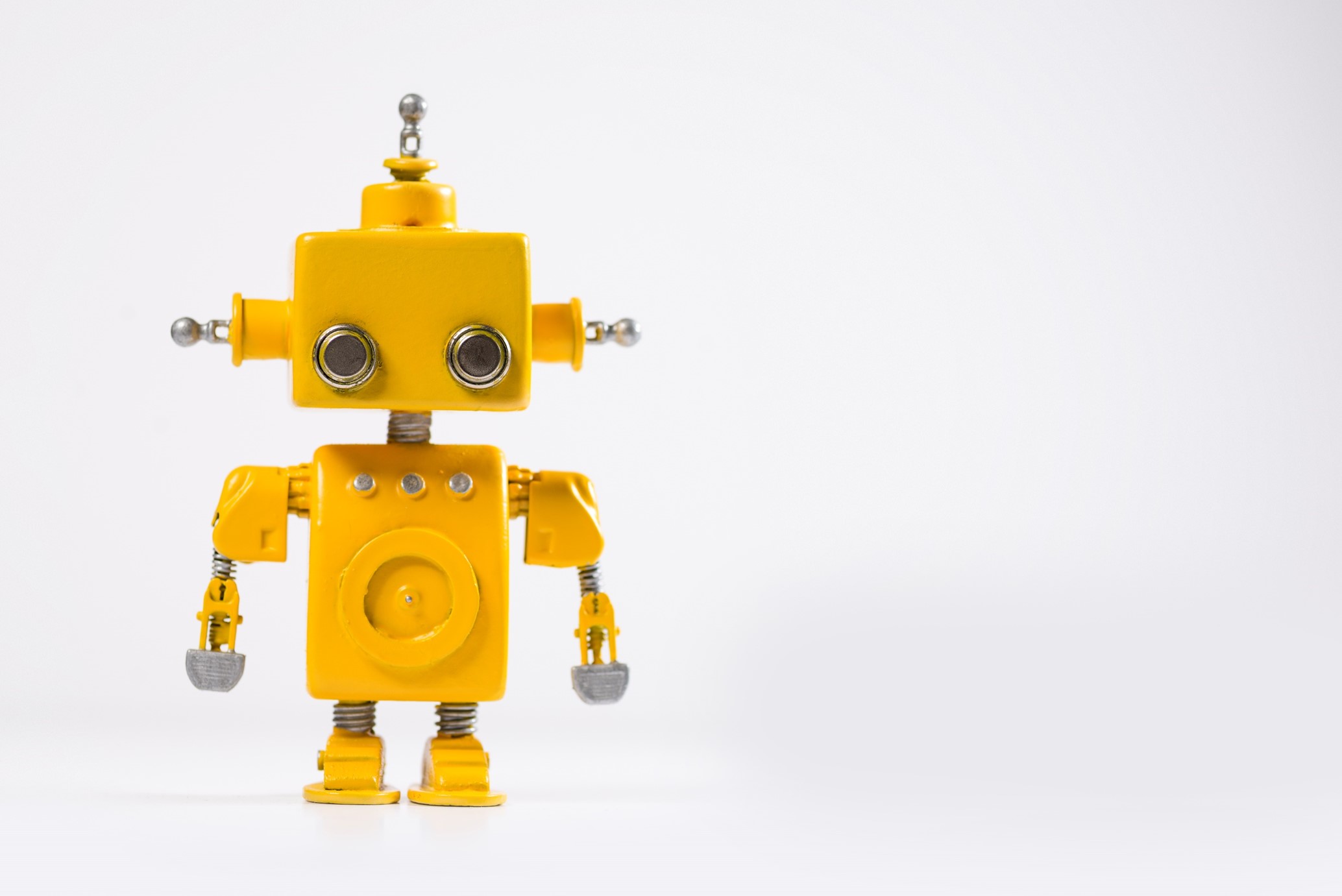What do we mean by using AI as a "source"?
1. Content generated in an AI chat
! Check with your course facilitator whether, and how, you might use content from an AI chat as one of your sources. Always verify the information against other sources. (See Citing an AI chat below).
2. Sources suggested or cited by an AI tool, such as articles, websites etc.
! Locate and read the original source, if accessible and if it does actually exist – sometimes AI produces ‘hallucinations’, sources that sound plausible but aren’t real. Cite the original source. (See AI as a search engine below).
Citing an AI chat
For legitimate uses of content generated by an AI chat, reference as follows:
Template:
AI Company Name. (year, month day). Title of chat in italics [Description, such as Generative AI chat]. Tool Name/Model*. URL of the chat**
* Note, the version number is not required by APA. Instead, include the model name if it is available (it is also acceptable to just use the name of the tool).
** Note, most AI tools now allow you to “Share” a chat – use the URL from the Share option.
Examples:
OpenAI. (2025, August 21). High school grammar concepts [Generative AI chat]. ChatGPT. https://chatgpt.com/share/68a77b60-0ee4-800c-9acc-cd3fd573c311
Google. (2025, May 22). High school grammar concepts overview [Generative AI chat]. Gemini 2.5 Flash. https://g.co/gemini/share/a1306ce12929
General reference to an AI tool
There are times when you may want to refer to an AI tool in general, e.g. when you want to point to the existence of the AI tool but not necessarily cite specific information from it.
Template:
AI Company Name. (year). Tool Name/Model in Italics and Title Case [Description, e.g., Large language model]. URL of the tool
Example:
OpenAI. (2025). ChatGPT [Large language model]. https://chatgpt.com/
Documenting AI prompts
In general, you do not need to be documenting the prompts used to generate AI content. If your course specifically asks you to document prompts, please scroll down to “Documenting AI prompts” on the following page for APA’s advice: Citing generative AI in APA Style: Part 1—Reference formats.
AI as a search engine
“Keep humans involved; do not stop your research process after asking AI and just cite AI” (McAdoo et al., 2025).
Whether you are using Google, which integrates AI into its search, or another AI research tool, it is not necessary to cite the search engine/tool itself. Rather, cite the sources directly that you have found using the search engine/tool.
Note, always use caution when using sources found by an AI research tool or search engine. Check the source actually exists. AI is known to produce and cite ‘hallucinations’ – sources that don’t exist, but sound plausible.
References
McAdoo, T., Denneny, S., & Lee. C. (2025, September 9). Citing generative AI in APA Style: Part 1—Reference formats. APA Style blog. https://apastyle.apa.org/blog/cite-generative-ai-references
McAdoo, T., Denneny, S., & Lee. C. (2025, September 9). Citing generative AI in APA Style: Part 2—AI as a search engine and AI integrated into common software. APA Style blog. https://apastyle.apa.org/blog/cite-generative-ai-search-software
Last reviewed 4 Nov, 2025.


 Example 1
Example 1